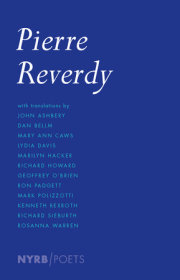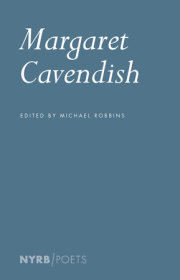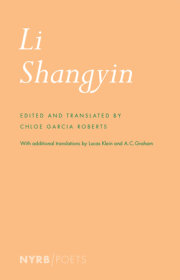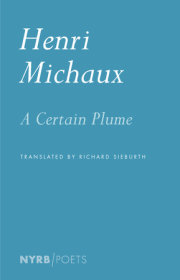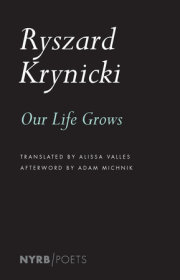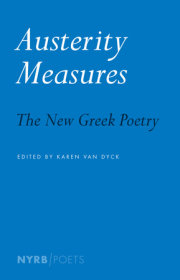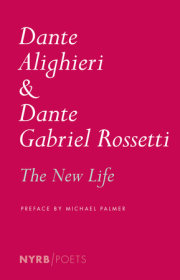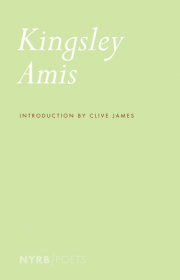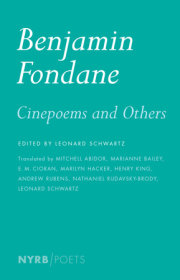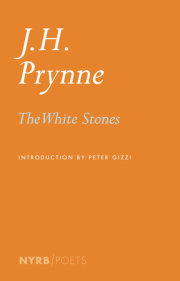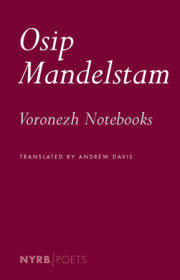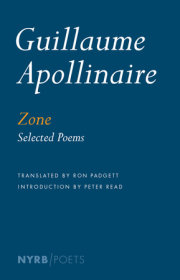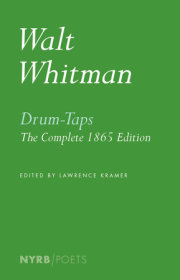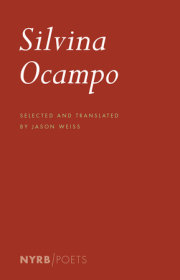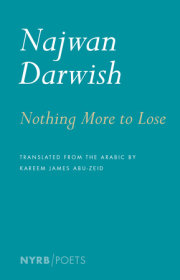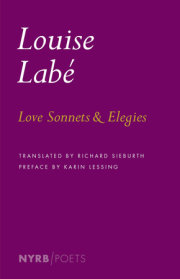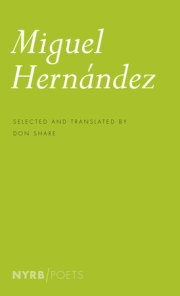Pierre Reverdy (1889–1960) was born in Narbonne in the south of France. At age twenty-one he moved to Paris and became close friends with the artists and writers around Montmartre, particularly with the poets Max Jacob and Guillaume Apollinaire and the painter Juan Gris. During this time, he converted to Catholicism, founded the seminal literary magazine Nord-Sud, married the seamstress Henriette Charlotte Bureau, and began a deep and intimate friendship with Coco Chanel that would last for the rest of his life. In 1926, after publishing several books of poetry that included collaborations with Gris, Picasso, and Georges Braque, he moved with his wife to the village of Solesmes to be near the Benedictine monastery at St. Peter’s Abbey. During the Nazi occupation, he joined the Resistance, refused to publish anything, and wrote the excruciatingly brutal Le Chant de morts (Song of the Dead) that was eventually published in 1948 with illustrations by Picasso. Besides a few trips around Europe and Greece, Reverdy remained in Solesmes for the rest of his life, ever more estranged from society and from his own faith.
Mary Ann Caws is Distinguished Professor of Comparative Literature, English, and French at the Graduate School of the City University of New York and a Fellow of the American Academy of Arts and Sciences. She is the author of dozens of books, including Glorious Eccentrics: Modernist Women Painting and Writing, The Surrealist Look, and Surprised in Translation; the editor of the Yale Anthology of Twentieth-Century French Poetry; and the translator of, among many others, André Breton, René Char, Robert Desnos, Paul Eluard, Ghérasim Luca, Stéphane Mallarmé, Jacques Roubaud, and Tristan Tzara.


